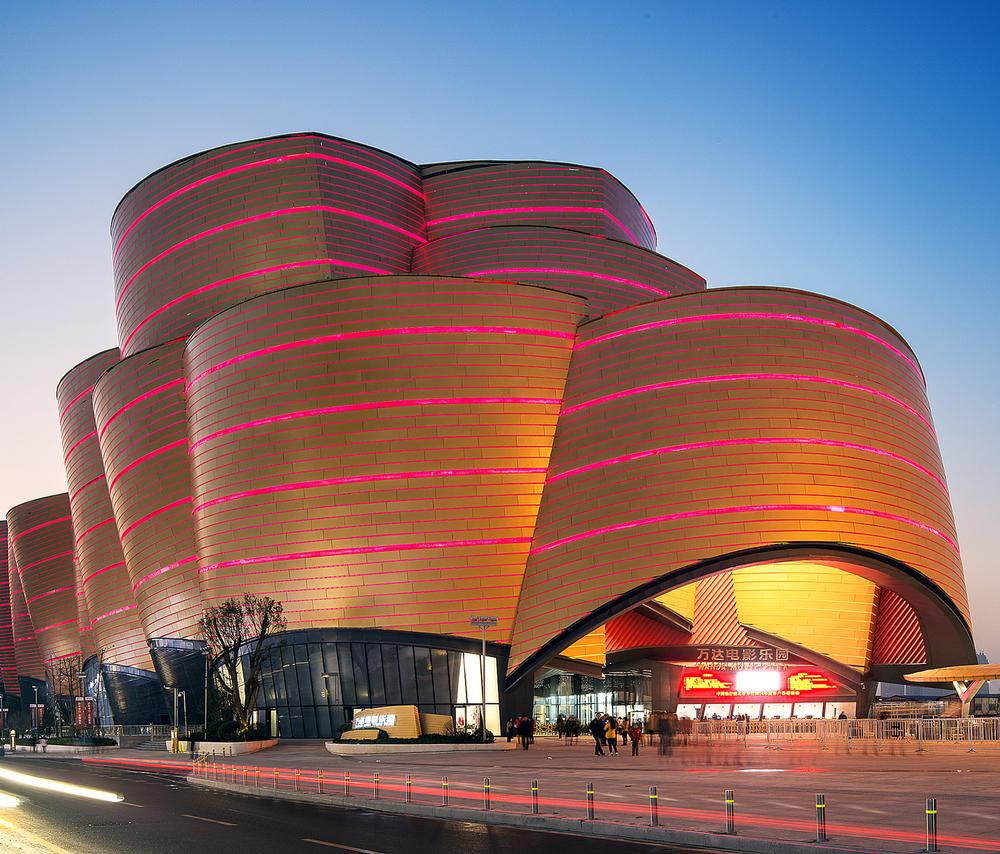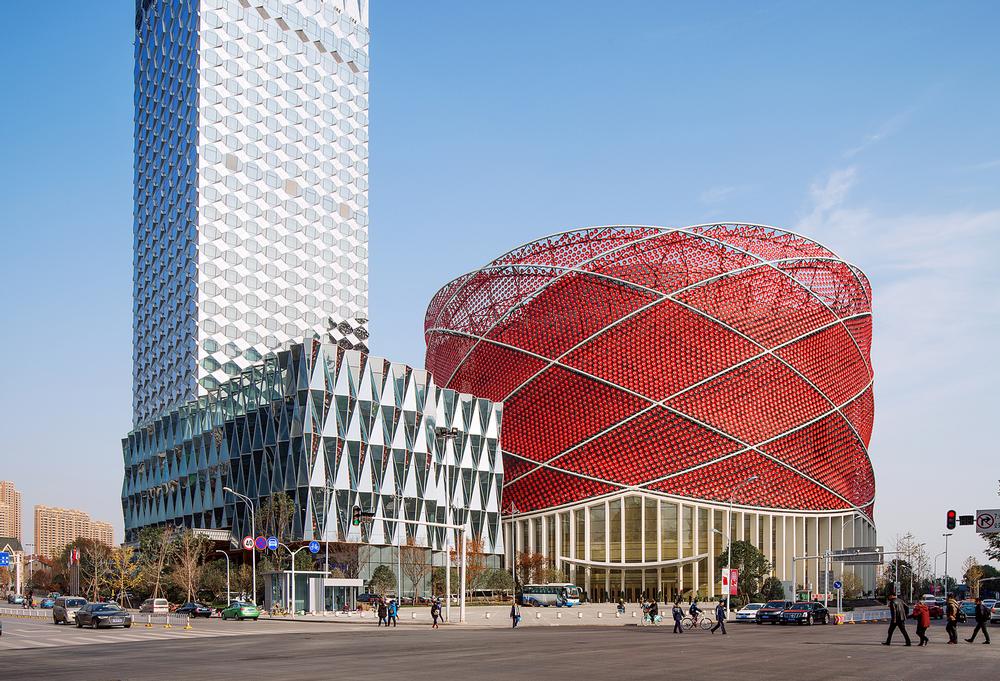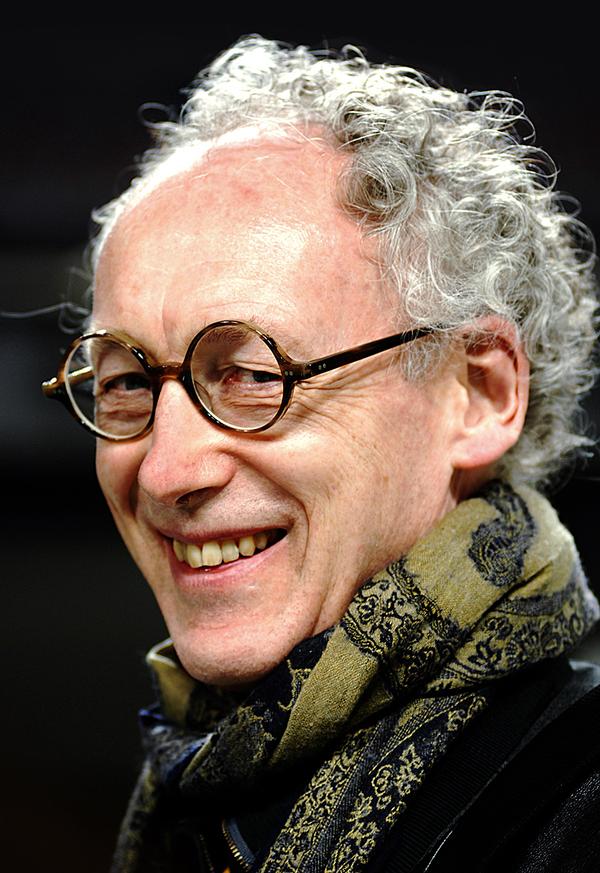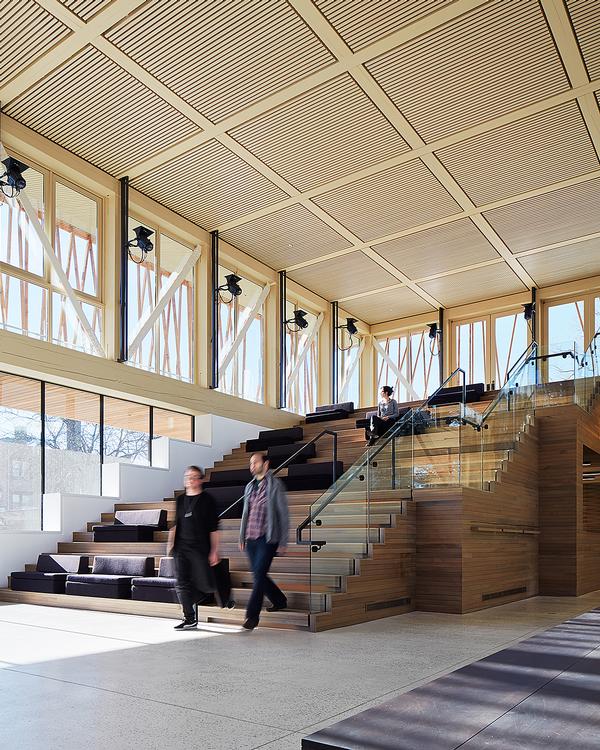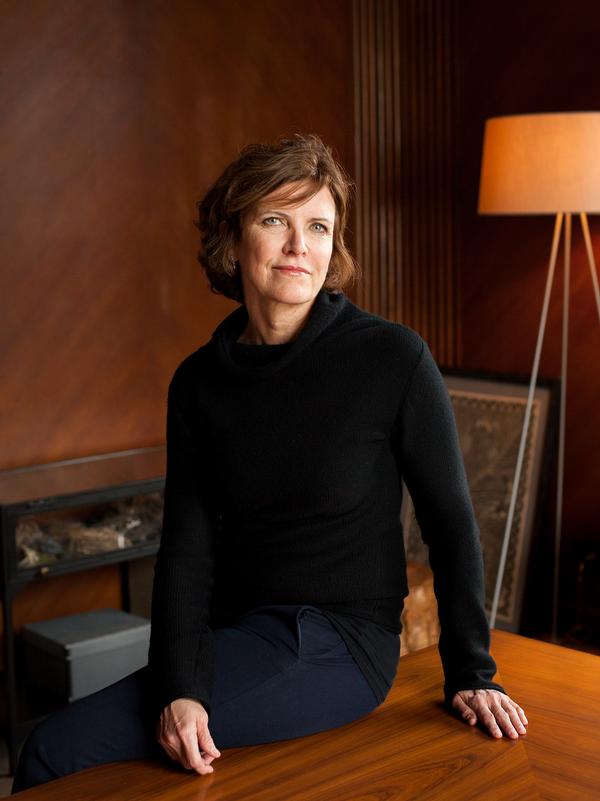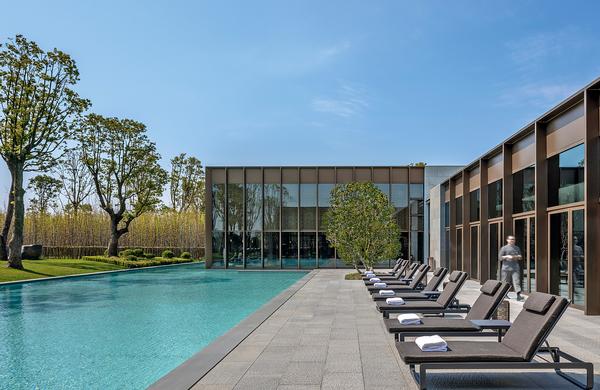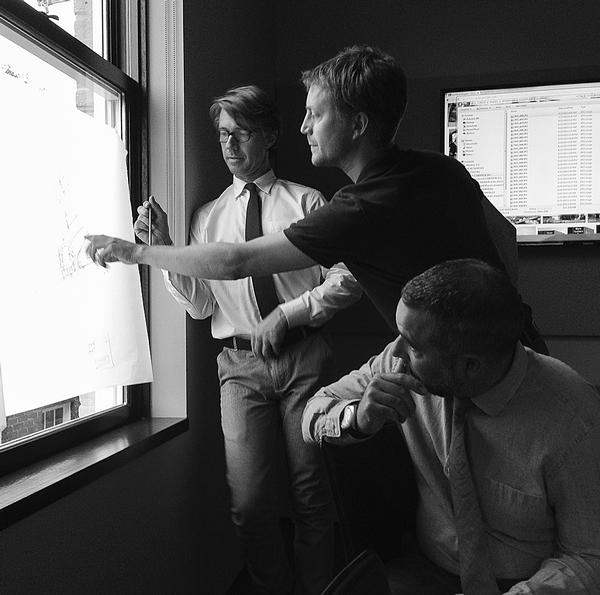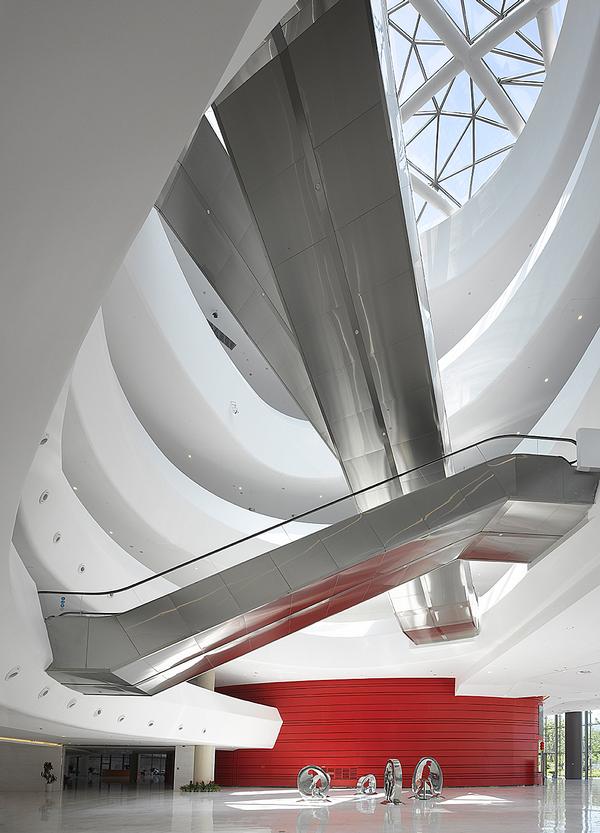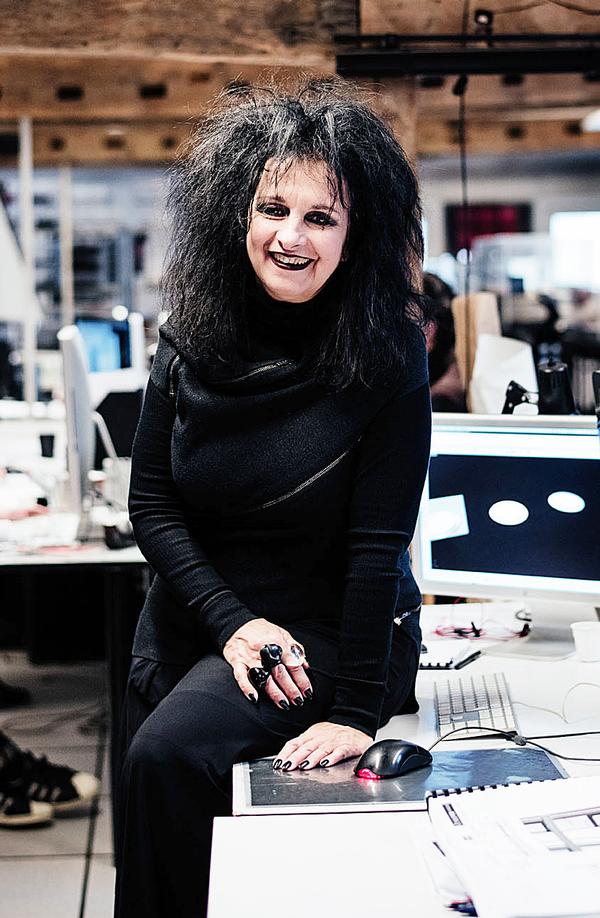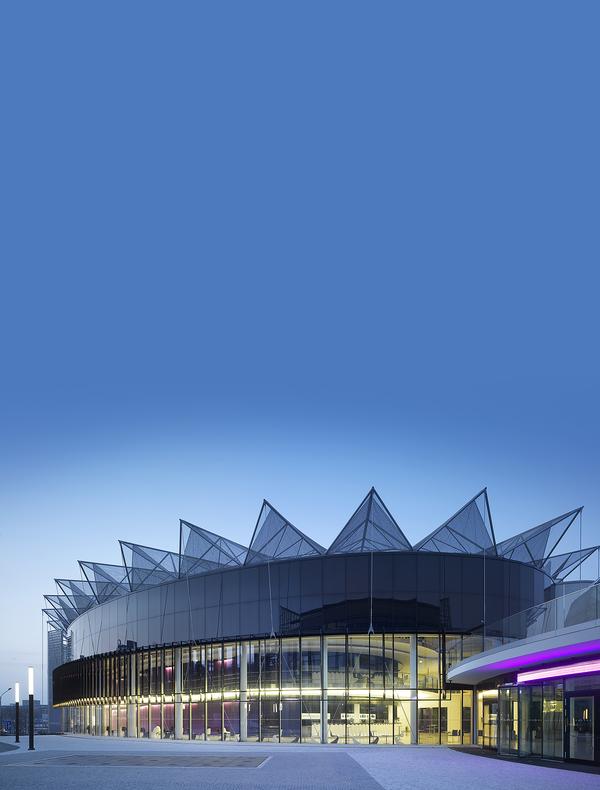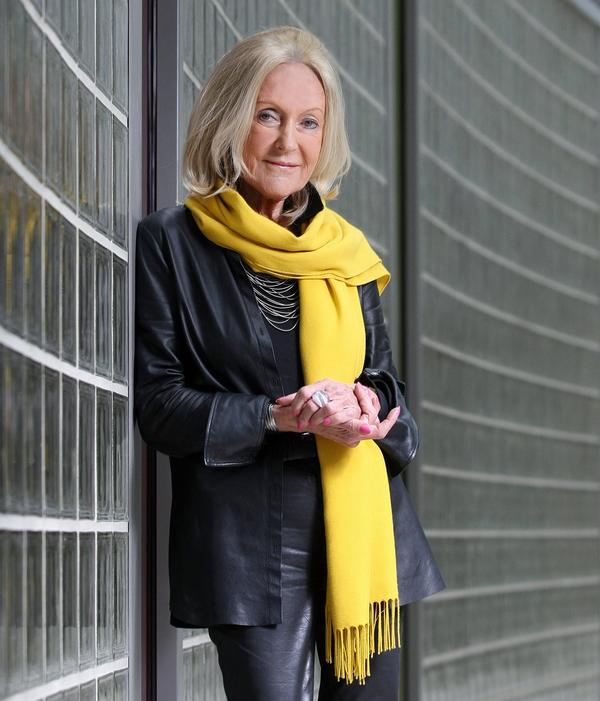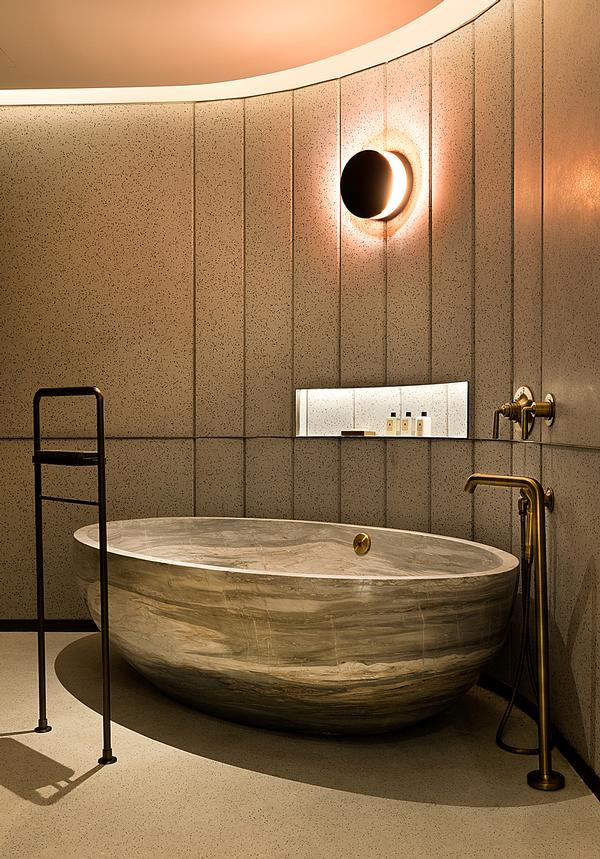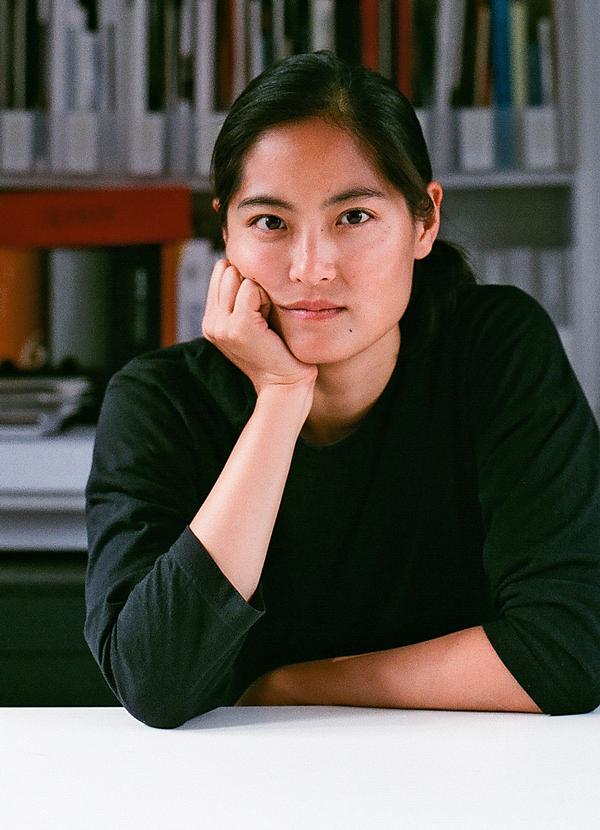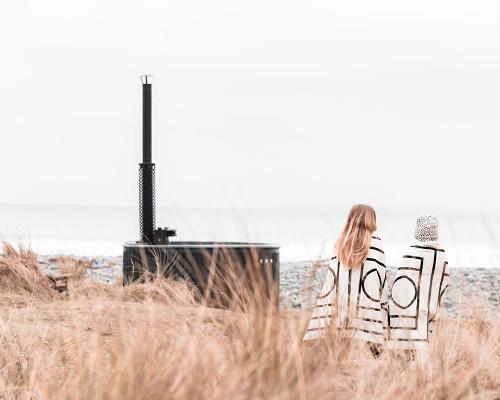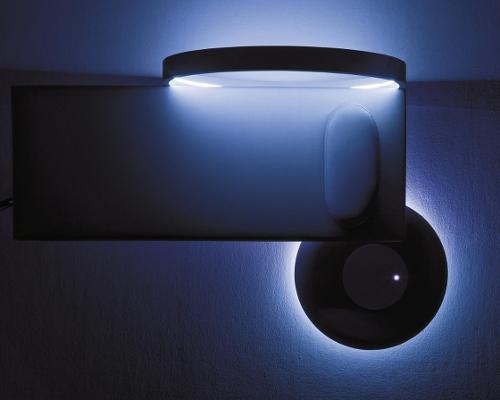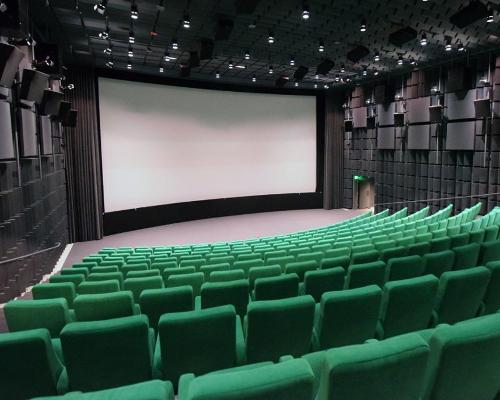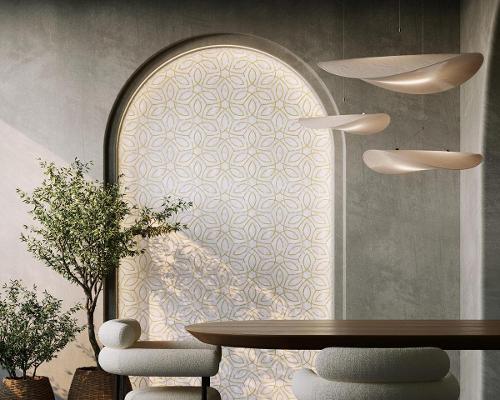CLAD people
Ray Winkler and Cristina Garcia
Ray Winkler is Managing director of Stufish Entertainment Architects
Cristina Garcia is Principal of KPF Architect
The Wuhan Movie Theme Park and the Han Show Theatre have opened in Wuhan, China, the final project of the late Mark Fisher and the first permanent buildings for him and his practice, Stufish Entertainment Architects.
Fisher was responsible for the design of spectacular stage sets for artists including Pink Floyd, Lady Gaga, The Rolling Stones and Madonna, and also created the Millennium Dome Show with Peter Gabriel and the opening and closing ceremonies for the Beijing Olympics. Fisher and the team at Stufish took on the Han Show Theatre and Wuhan Movie Theme Park project in 2010, however Fisher died in June 2013, 18 months before the completion of the buildings.
“These two buildings represent the pinnacle of achievement for Stufish,” said managing director Ray Winkler, speaking to CLADmag. “They are an amalgamation of everything that we as a studio stand for – they are interesting, complex, intriguing, literal, striking, colourful and bold. They are a fantastic testimony to what Mark started off – a studio of very creative, talented designers. To be able to include them in our portfolio is a joy. The only sad part is that Mark is no longer here to enjoy it.”
The Han Show Theatre and Wuhan Movie Theme Park anchor the Wuhan Central Cultural District, a development by Beijing-based group Dalian Wanda which features offices, residential and cultural buildings and shopping malls spread along a 2km canal-side site.
The 2,000-seat Han Show Theatre was purpose-built for a new water show by Cirque du Soleil creator Franco Dragone. The design of the theatre takes the traditional Chinese paper lantern as inspiration, with the building’s façade created from thousands of red aluminium LED discs. Inside the auditorium, audience seats move during the show, revealing a 10m-deep pool with wet and dry lifts used for acrobatic stunts.
The Wuhan Movie Theme Park houses six indoor attractions which combine 3D effects, live actors, props and stunts. The inspiration for the design comes from the Wuhan Bells, a traditional symbol of the local Chu-Han culture.
Mark Fisher and Stufish’s background in entertainment allowed them to bring a fresh way of thinking to the design of the buildings, said Winkler. “In the world of set design and rock and roll staging design, the gestation to completion period is very quick, so you can experiment with many more ideas than you could do with a permanent building. When it came to these two buildings we had a really good reference point of things we knew worked on a grand scale and that people find entertaining and intriguing.
“A lot of architecture is self referential, looking at what other architects are doing, and that brings a certain kind of incestuous mindset. We’re much more interested in looking at the wrap of a CD cover or at a billboard poster or a rock roll show. That respectful disrespect for architectural tradition has allowed us to go down certain avenues which more traditional architects might not have dared to do.”
After graduating from the Architectural Association School in London, Mark Fisher moved onto creating set designs for musicals. His first big break came in 1976, when he was asked to build a set of inflatable sculptures for Pink Floyd’s Animal Tour. This set the tone for his later work, which was very varied, but always dramatic, striking and hugely ambitious.
“Mark was definitely not a minimal architect – his architecture was outrageous; big, splashy, noisy and extravagant,” said Fisher’s widow and fellow architect Cristina Garcia, principal of KPF Architects. “He understood the basics of good architecture, and he had a very strong traditional, formal education that translated well into his not so formal and more eclectic type of work.
“Mark always used to say that an idea was only an idea until you actually built it. He knew how to get things built, and he wasn’t afraid to push the boundaries to create something new.”



